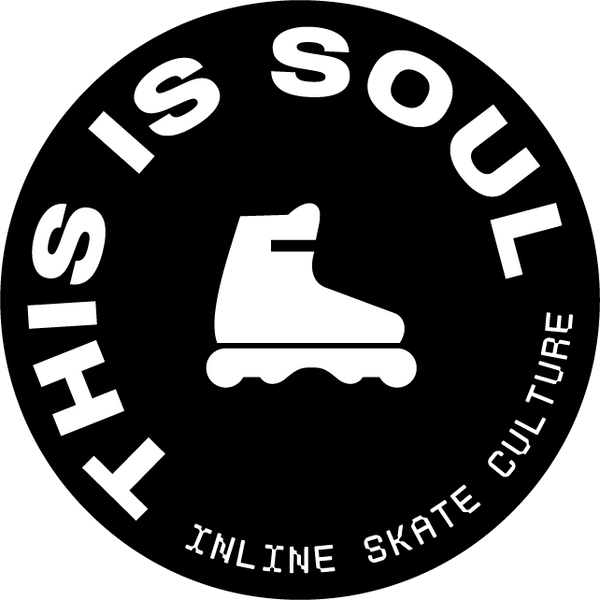Everything about wheel profile
Short answer:
Wheel profile choice depends on personal preference and skating style, with minimal impact on overall performance.
Wheel profile refers to the shape of the contact surface of the wheels, and this shape can influence how your inline skates perform on the ground. There are three main wheel profiles: pointy (speed profile), round, and flat. Each profile offers distinct advantages and disadvantages depending on your skating needs.
Pointy profile wheels
Back in the early 80s and 90s, when inline skating was just emerging, almost all wheels had a pointy profile. This design is also known as a speed profile because it prioritizes speed over stability. Key characteristics of pointy profiles include:
- Faster performance, making them ideal for speed skating.
- Less stability, which can make them harder to control, especially for beginners.
- Thinner contact surface, which means they wear down faster and need replacing more frequently.
- More prone to getting stuck on cracks and uneven surfaces.
Round profile wheels
Round profile wheels strike a balance between speed and stability. Unlike pointy wheels, they offer a larger contact surface, making them more versatile for various skating styles. Some benefits of round wheels include:
- They aren't as fast as pointy wheels, but they still offer decent speed.
- Their round shape allows for easier handling over cracks and rough surfaces.
- More stability, which is helpful for beginners or those focused on control.
- Longer-lasting due to the extra material on the wheel.
Flat wheels
In the 90s, aggressive inline skaters pushed for flat wheels, believing they were the future of skating. These wheels had a completely flat surface, offering maximum stability. However, flat wheels fell out of favor for several reason
- They are slower compared to round or pointy wheels.
- They make steering and turning less responsive.
- Despite being very stable for landings, they are not ideal for maneuverability.
- Like round wheels, they handle cracks in the ground more easily.
Finding the right balance
For aggressive skaters, round profile wheels often provide the best of both worlds. They offer more stability than pointy wheels but still allow for better control and maneuverability than flat wheels. Some skaters even argue that using a pointy profile wheel can help prevent wheel bite, which occurs when the wheel catches on the surface during sharp turns or tricks.
The Magic Rocker
A unique setup, known as the Magic Rocker, combines both round and pointy profiles. By placing round profile wheels in the 2nd and 3rd positions and pointy profile wheels in the 1st and 4th positions, you create a rocker effect that enhances maneuverability. Ricardo Lino invented this setup, which helps skaters be more agile in corners. When the skate tilts at an angle, only the middle wheels touch the ground, mimicking the effect of a rocker setup.
Reshaping the profile
Did you know you can change the profile of your wheels? You can use a grinder tool to reshape a flat profile into a pointy one. This is a useful trick if you want to experiment with different profiles without buying new wheels. For a detailed guide on how to reshape your wheels, check out our tutorial.
Learn more about reshaping wheel profiles here.
